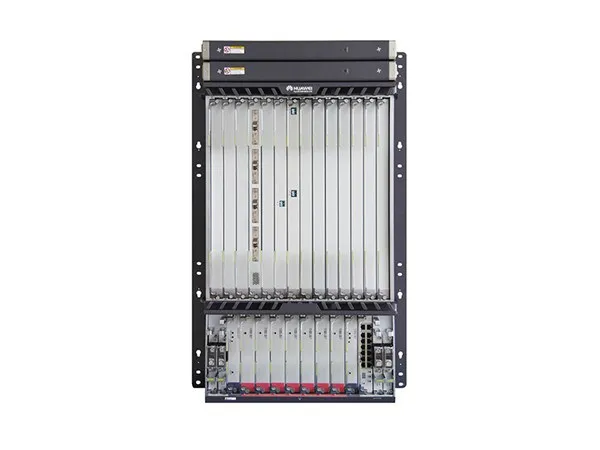

Indeterminate pointer use struct file_stat ", elements. I read a sample code, which uses data types of U8, U16, and U32. A function that doesn't return anything void delete_directory ( const std:: string &path) Unlike C/C++ it is a true type with no promotion to integer type void / Unit typeĬ/C++ uses void to specify a type of nothing or an indeterminate pointer to something. Most commonly with the 32 and 64-bit types which may have multiple valid ways to typedef them on a given platform. You can even have potential conflicts that ends up generating warnings. Youll have U8, u8, uint8, BYTE, UINT8 and unt8t all in the same file. Rust also has a bool type that can have the value true or false. And I am wondering why is there need to use u8 or u16 or u32 or u64 and not unsigned int. BooleansĪ bool (boolean) type in C/C++ can have the value true or false, however it can be promoted to an integer type (0 = false, 1 = true) and a bool even has a ++ operator for turning false to true although it has no - operator!?īut inverting true with a ! becomes false and vice versa. Note how long double is treated (or not) according to the compiler and target platform.Īt some point Rust might get a f128 or f80 but at this time does not have such a type. A f128 did exist for a period of time but was removed to portability, complexity and maintenance issues. Unlike in C/C++, the math functions are directly bound to the type itself providing you properly qualify the type. These would be analogous to a 32-bit float and 64-bit double in C/C++. Rust implements two floating point types - f32 and f64. C99 supplies a "type-generic" set of macros in which allows sin to be used regardless of type.Ĭ++11 provides a that uses specialised inline functions for the same purpose: # include float result = std:: sqrt( 9.0f) Note how different calls are required according to the precision, e.g. Prima sconfitta stagionale per lInter Under 16, che perde 1-0 sul campo del Verona. It is not unusual to see an int used as a temporary incremental value in a loop: string s = read_file() įor ( int i = 0 i C header provides math functions for working with different precision types.
U16 range c code#
More recent versions of C and C++ provide a (or for C) with typedefs that are unambiguous about their precision.Įven though can clear up the ambiguities, code frequently sacrifices correctness for terseness. So an int is ordinarily 32-bits but the standard only say it should be at least as large as a short, so potentially it could be 16-bits! The 2022 edition of the FIBA U16 European Championship Division C will take place in Prizren, Kosovo from July 12 - July 17, featuring eight national teams from across Europe. Integer types ( char, short, int, long) come in signed and unsigned versions.Ī char is always 8-bits, but for historical reasons, the standards only guarantee the other types are "at least" a certain number of bits. Strings will be dealt in a separate section. IEE 754-2008 binar圓2 and binary64 floating points for float and double precision types.Ĭ/C++ has primitive types for numeric values, floating point values and booleans.C/C++Ĭ/C++ and Rust will share the same machine types for each corresponding language type and the same compiler / backend technology, i.e.: If you use the types defined in this header file the types become directly analogous and unambiguous between C/C++ and Rust. The general rule is that:ġ = sizeof(char) header that provides unambigious typedefs with length and signedess, e.g. Basically, make it have the same interface as std::ranges::transform(). Add an overload that takes the input as an input range, and writes the output to an output range. It then attempts to match it to a previously recorded IR signalĬode is public domain, check out and adafruit.C/C++ compilers implement a data model that affects what width the standard types are. U16 Range C - nycfasr U16 Range C The ARMv7-M architecture used in mbed microcontrollers is a 32-bit architecture, so standard C pointers are 32-bits. Since you marked the question with the C++20 tag, consider that someone might want to use ranges instead of iterator pairs. This sketch/program uses the Arduno and a PNA4602 to decode IR received. Okay then, here’s the code ! /* Raw IR commander Hmm, so well within the range - i tried to compile the code twice, once each with the 2 values, and they both resulted in Binary sketch size: 4,908 bytes (of a 32,256 byte maximum) Posting all the code and what board you’re using would help. Depending on what else is in the program, that might be pushing past the available memory for your board. Each uint16_t is two bytes, so at NUMPULSES=50 you’re using 50 22 = 200 bytes, at 70 it’s 280 bytes.


Pulses is a 2 dimensional array, so it’s got NUMPULSES arrays of two uint16_t’s. Uint16_t is a datatype that’s unsigned and is 16 bits wide.


 0 kommentar(er)
0 kommentar(er)
